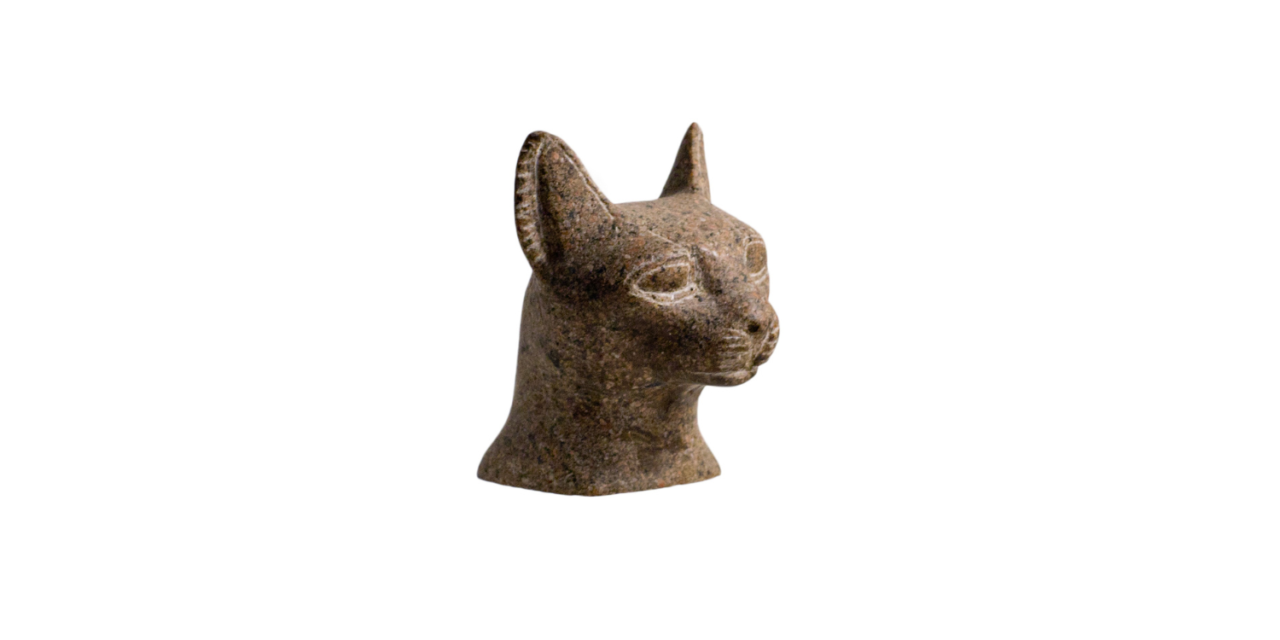Marco Island Historical Society
The Key Marco Cat (On display through April 2026)
The world-famous Key Marco Cat went through time and space to get back to where it was born on Marco Island in Southwest Florida. It will stay there for a long time. The mysterious cat can now be seen at the Marco Island Historical Museum (MIHM) through 2026.
The Smithsonian Institution’s National Museum of Natural History has extended the loan from 2019 to 2021 by five years, which has never been done before. This is the longest time that anyone has ever let anyone else use the Key Marco Cat.
The early Calusa people or their Muspa ancestors made the Key Marco Cat between 500 and 1500 years ago. They used local hardwood to carve it. For the first time since it was found, it is back with other rare pre-Columbian artifacts that were found on Key Marco in 1896 by archaeologist and anthropologist Frank Hamilton Cushing while on a Smithsonian-sponsored archaeological expedition. This trip led to some of the most important archaeological finds ever made in North America.
Because they were buried in a layer of muck that didn’t let any oxygen in, the rare wooden objects were amazingly well kept. Many of them fell apart when they were exposed to air. However, expedition artist Wells M. Sawyer recorded their original details and colors in field photographs and watercolors. The Calusa Indians ruled the southwest coast of Florida and South Florida when the Spanish came in the 16th century. Artifacts and field recordings give us a lot of information about their lives. Since they were found, the Smithsonian and the University of Pennsylvania have kept the Key Marco artifacts safe (UPENN).





